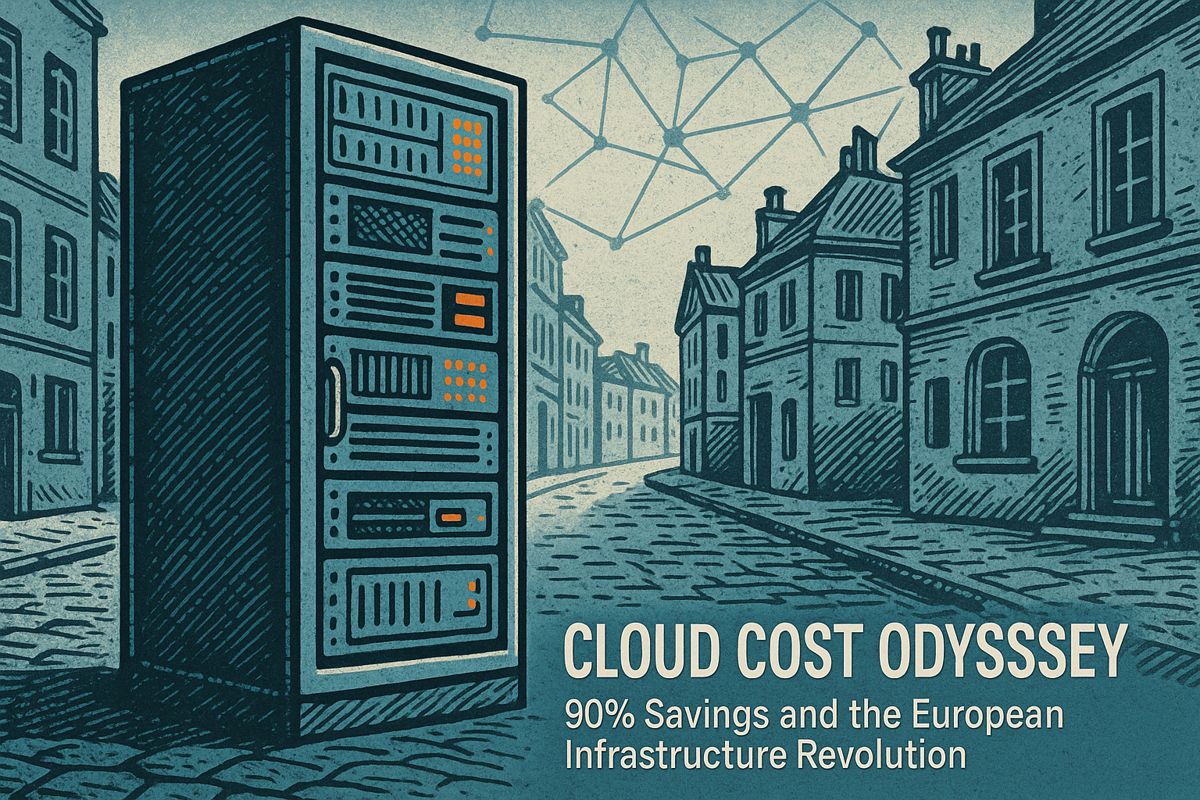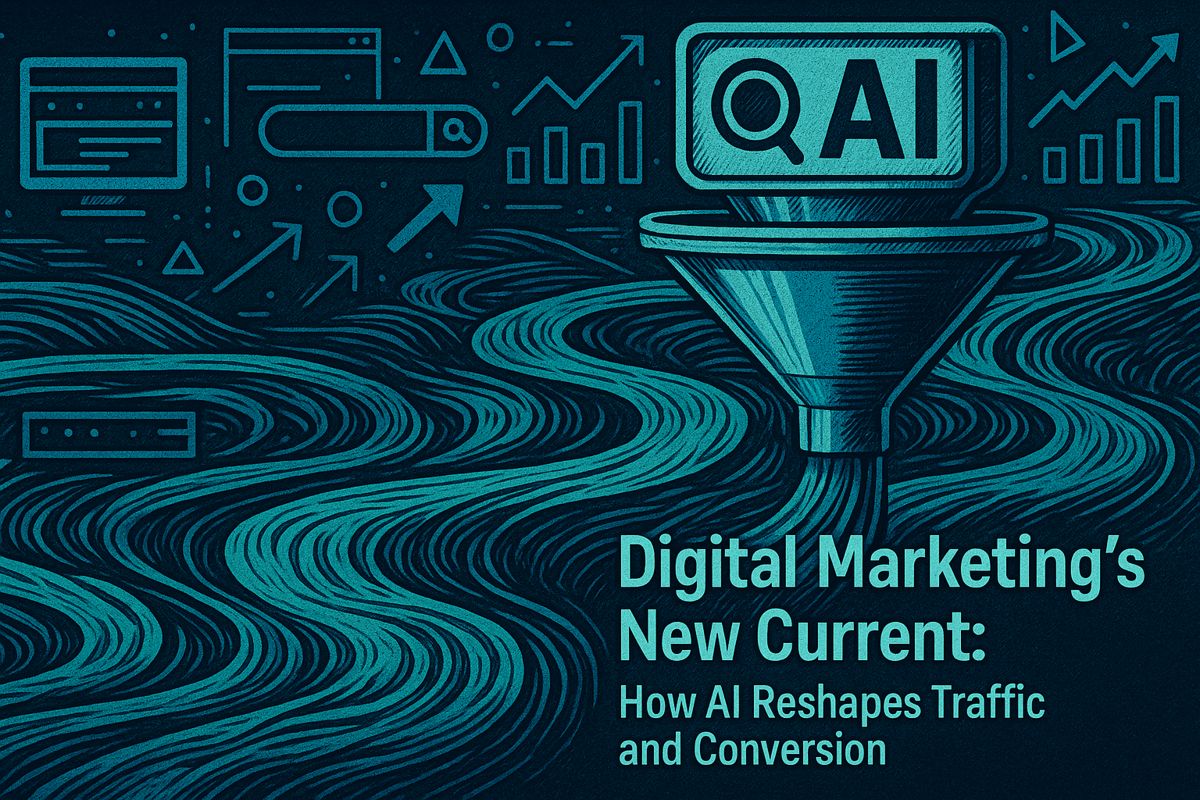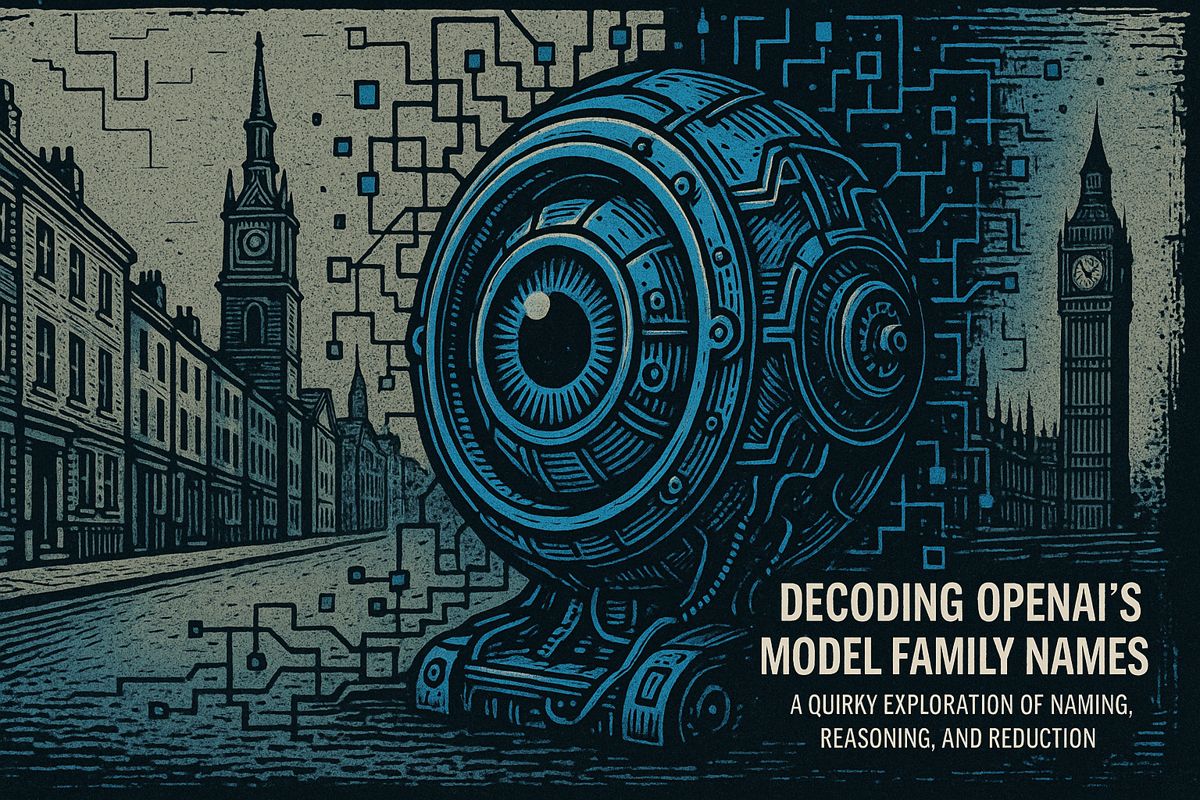Here’s the text with the most important phrase emphasized in markdown bold:
Cloud infrastructure costs can be dramatically reduced by switching from AWS to European providers like Hetzner and OVH, potentially slashing expenses by up to 90%. Companies can achieve this by using open-source tools, leveraging bare-metal servers, and implementing robust automation with Ansible and Terraform. The migration requires careful planning, maintaining compliance standards, and building custom safety nets, but offers greater control, predictability, and potential cost savings. While the process involves a learning curve and more hands-on management, it provides an alternative to big cloud providers with more transparent pricing and potentially more sustainable infrastructure. Success depends on a team’s technical expertise, specific infrastructure needs, and willingness to take a more DIY approach to cloud management.
How Can Companies Drastically Reduce Cloud Infrastructure Costs?
By migrating from AWS to European providers like Hetzner and OVH, companies can slash cloud expenses by up to 90%. Key strategies include using open-source tools, leveraging bare-metal servers, implementing robust automation with Ansible and Terraform, and maintaining strict compliance standards.
Sometimes, late at night, I find myself tumbling down yet another rabbit hole of cloud cost optimization. Recently, a particular case study almost made me spit out my coffee: a mid-size tech firm hacked their infrastructure bill down by 90% just by leaving AWS for Hetzner and OVH. Ninety percent! That’s not just belt-tightening; that’s swapping your tuxedo for gym shorts. Looking back, I remember those early DevOps years, squinting at AWS invoices and chasing reserved instance discounts like a bloodhound on espresso. If you’ve ever stared at the “Total Due” line with an existential shiver, you’re in good company here.
I once partnered with a feisty fintech startup that ran everything on AWS. It felt like magic: one-click deployments, managed everything, problems abstracted away behind friendly dashboards. Then finance emailed: “Should EC2 really cost more than, say, humans?” Oof. Suddenly, the room felt colder, and I questioned every “auto-scaling” button I’d ever clicked. Isn’t the point of big cloud to stop worrying? Or does the real value vanish when the bill arrives?
But let’s get tactile – this isn’t just another armchair opinion. The company’s journey from AWS to Hetzner and OVH is full of concrete pivots, not all of them painless. For one thing, both Hetzner and OVH are titans in the European hosting scene, known for bare-metal brawn and, oddly, the scent of ozone and machine oil whenever you walk their data halls. It’s hard to forget the first time I realized: sometimes, you can almost taste the difference between “cloud” and “hardware.”
Crunching Numbers, Weighing Tradeoffs
What really happened? Here’s what stuck with me: this company slashed its cloud spending by nine-tenths after migrating to Hetzner and OVH. They didn’t just save pennies – they kept their ISO 27001 certification, too, which means security and process standards stayed tight. Automation was king, with Ansible and Terraform orchestrating the chaos so humans weren’t left to herd servers like caffeinated shepherds.
A few figures sharpen the picture. Hetzner’s outbound bandwidth cap sits at 20TB per instance before fees kick in, while AWS charges for every gigabyte as if they’re selling caviar. Open-source tools like Harbor, Longhorn, and Velero gave the team flexibility, dodging the sticky web of vendor lock-in. But it’s not all roses. DIY means more hands-on vigilance, especially for security controls and disaster recovery. You swap the comforts of AWS RDS and Lambda for the bracing sting of self-reliance – think fixing your own leaky faucet at 2 a.m. instead of calling the landlord.
Sometimes, operational costs spike in less obvious places. On AWS, alarms and auto-scaling lull you to sleep. On Hetzner, you build your own safety nets, which can feel like walking a tightrope over a pit of compliance checklists. But there’s an odd pride in it. I remember the first Friday night I spent debugging an errant Prometheus exporter. Frustrating? Sure. But there’s a raw satisfaction in wrangling chaos with your own tools – it smells a bit like burnt coffee and triumph.
Compliance, Control, and That DIY Spark
Let’s not tiptoe around it – ISO 27001 isn’t won with a signature or a sticker, no matter what Amazon’s marketing says. Both Hetzner and OVH run ISO-certified data centers, but the grind shifts inwards: you build your own maps for access controls, define your own disaster recovery, and document everything down to the last firewall rule. More control, more responsibility. It’s not unlike trading a high-rise apartment for your own fixer-upper house. When the heating fails, you’re the one thawing pipes at midnight. Yet, knowing the layout of every circuit breaker brings a peculiar peace.
I’ll admit, I was skeptical. Was it really possible to replicate AWS’s seamless compliance reporting on a European provider? Turns out, yes – but only with vigilance, stubbornness, and a little bit of trial-and-error. There’s a learning curve that tastes like cold sweat, but the clarity is refreshing once you crest it. I felt both anxiety and, dare I say, a twinge of excitement. Maybe I’m just wired that way.
Ansible and Terraform become your lifeline. I can’t imagine surviving a cloud migration – or even day-to-day ops – without them. Every config, every server, every VPC spelled out as code, like a symphony written in YAML and HCL. (Well, maybe a garage band.) It’s repetitive, a little monotonous, but it’s also the closest thing to cheat codes in infrastructure.
The Sweet (and Sometimes Sour) Taste of European Clouds
So, why Hetzner and OVH? Sure, costs plummet, but there’s a second flavor: predictability. No more egress charges lurking in the shadows. No more proprietary APIs that feel like velvet handcuffs. For EU-based teams, it’s also about sovereignty – keeping data in Frankfurt or Warsaw just feels simpler (and a lot less likely to ignite a GDPR migraine).
Sustainability? That’s a subtle bonus. Hetzner’s racks hum under solar panels – a little melody for the eco-conscious. It’s not going to single-handedly save the planet, but at least your ESG committee might unclench for a week or two.
Still, I’d be lying if I said this path suits everyone. If you’re running globe-spanning, latency-sensitive fleets, there’ll be moments you miss AWS’s planet-sized backbone. That’s when hybrid makes sense



















